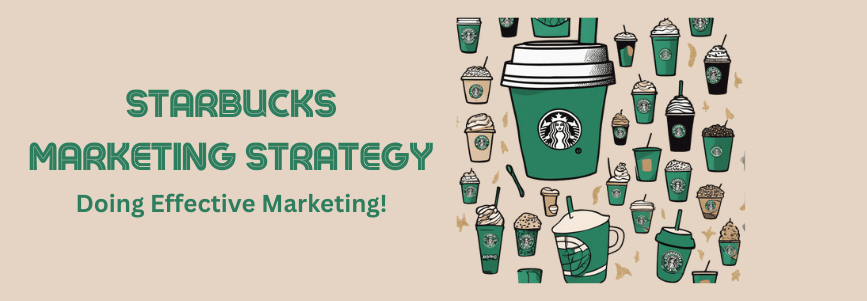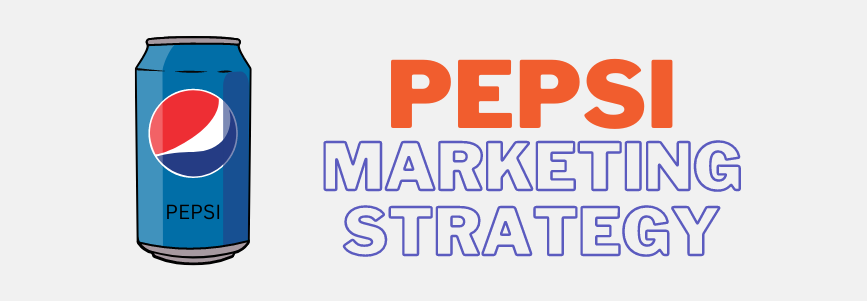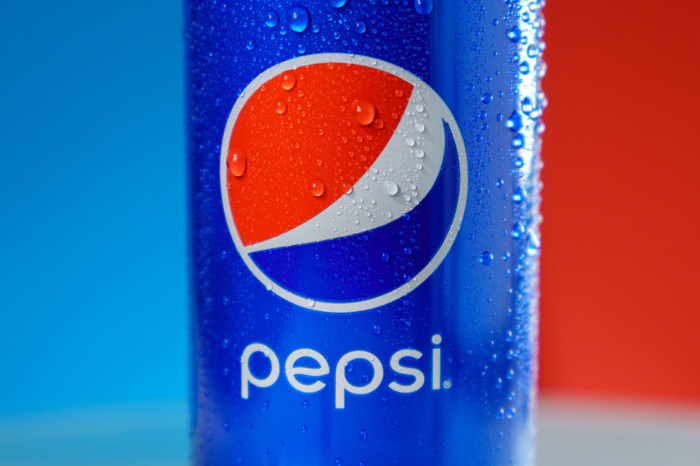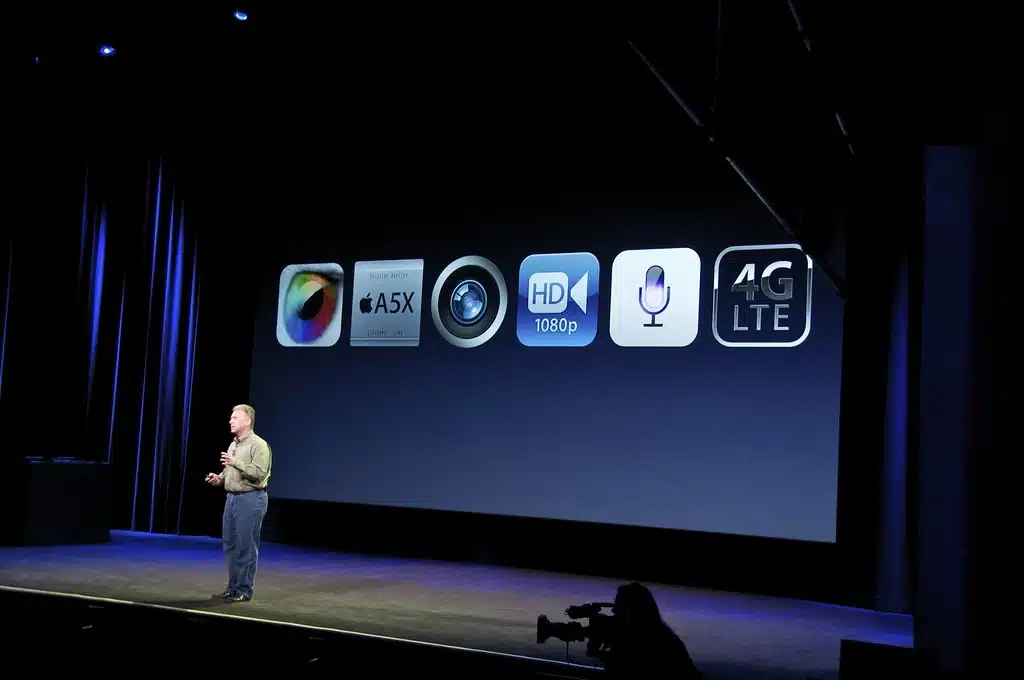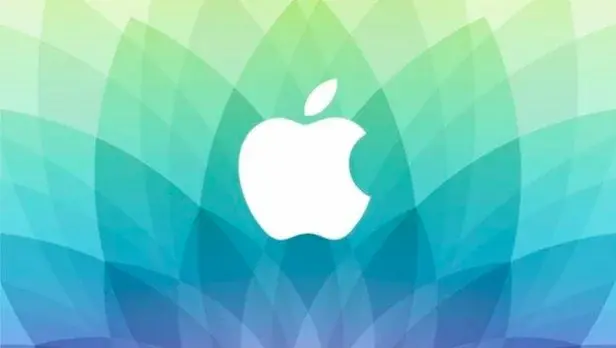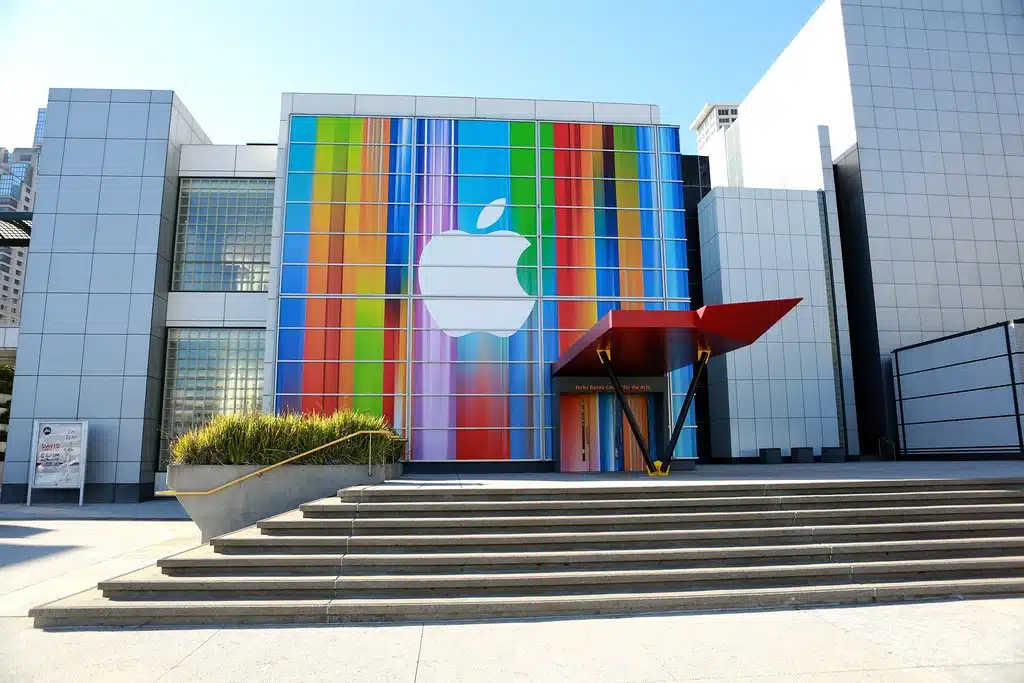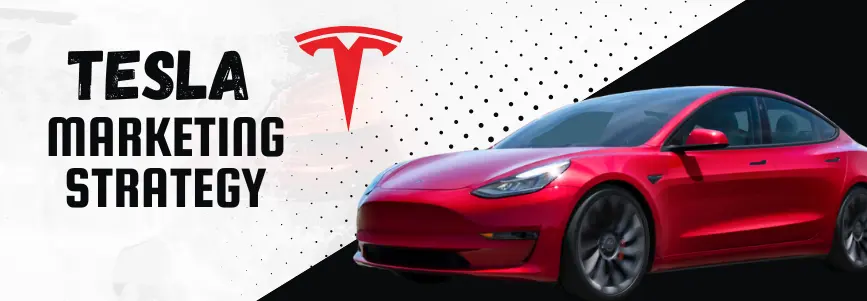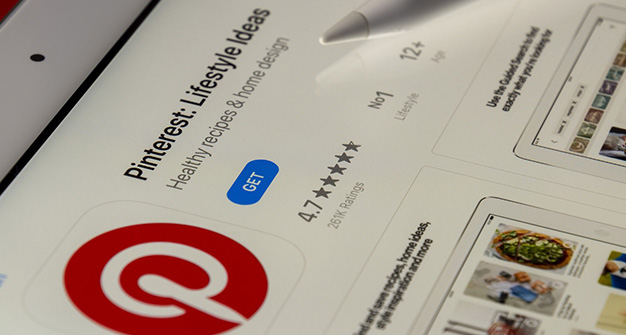With over 34,000 stores across 80 markets, Starbucks has become the world’s most valuable coffee brand worth $28 billion. Its continued growth is fueled by smart, consistent marketing strategies that appeal to diverse demographics worldwide.
This in-depth guide will analyze the key components of Starbucks’ marketing mix that drive its global success. We’ll explore specifics around branding, promotions, products, pricing, partnerships and localization that make Starbucks a case study for effective integrated marketing.
- Crafting the Starbucks Brand
- Starbucks By the Numbers
- Crafting the Starbucks Experience
- Starbucks By the Numbers
- Crafting the Starbucks Brand Voice & Personality
- Mastering Localization & Community Connections
- Optimizing the Retail Experience
- Building Brand Relevance Through Partnerships
- Analyzing the Starbucks Menu Strategy
- Starbucks By the Numbers
- Optimizing the Starbucks Digital Experience
- Integrating Traditional Media
- Optimizing Social Media Presence
- Managing Global Consistency
- Evaluating the Starbucks Pricing Strategy
- Building the Starbucks Employee Culture
- Conclusion
Crafting the Starbucks Brand
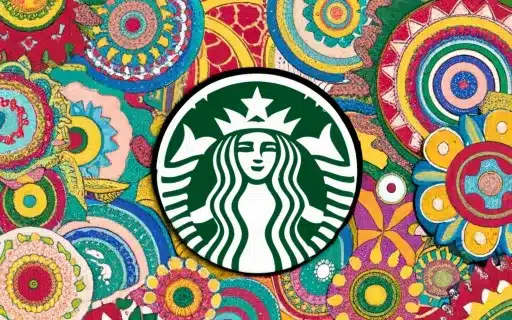
Starbucks fundamentally reshaped consumer expectations around the cafe experience. The brand positioned itself not just as another coffeehouse but as a “third place” between work and home for community, connection and discovery.
Backed by market research, Starbucks knew that customers sought great-tasting coffee and an uplifting space to unwind, socialize or get work done. The brand delivered this through thoughtful store aesthetics, seating layouts, music and more.
Some key ways Starbucks positioned itself as an inviting lifestyle brand include:
- Warm Store Design – Comfy couches and chairs, wood tables, earthy colours and textures that feel energetic yet calm.
- Upbeat Music – Curated playlists spanning genres create a hip, feel-good vibe. Baristas have input on local musical tastes.
- Relaxing Aromas – The smells of freshly roasted coffee and baked goods signal a welcoming refuge.
- Artistic Touches – Local art, handwritten chalkboard menus and decor with regional flair make stores unique.
- Contactless and Mobile Options – Technology like app ordering and in-store kiosks provide convenience without compromising personal connections.
This strategic brand positioning expanded the concept of cafes into community spaces buzzing with positive energy. Starbucks locations are just as suited for a casual chat as heads-down work.
As CEO Howard Schultz said, Starbucks aimed to become a “place for conversation and a sense of community. A third place between work and home.” This brand image resonated widely.
With over 153 million global rewards members and 30 million U.S. app users, Starbucks has tremendous direct consumer insight to continue evolving experiences.
Starbucks By the Numbers
| Metric | Value |
|---|---|
| Number of Stores Worldwide | 35,700+ |
| Number of Employees | 402,000+ |
| Market Value | $109.13 billion |
| Starbucks Rewards Members | 27.4 million |
| U.S. Mobile App Users | 31.2 million |
| Facebook Followers | 36.3 million |
| Instagram Followers | 18.1 million |
Crafting the Starbucks Experience
Starbucks backs up its brand positioning by delivering an unmatched cafe experience customers crave. Key elements include:
Customer Service
Baristas are extensively trained as coffee experts, not just order takers. They guide customers through selecting beans, roast styles, flavours and preparation methods. Starbucks baristas must pass rigorous knowledge tests demonstrating their mastery. This expertise enhances the craft coffee experience.
Customization
With over 87,000 drink combinations, Starbucks lets customers tailor beverages to their tastes. Options like milk alternatives, sweetness levels, espresso shots and temperature allow personalized orders. Digital apps make customizing easy. This level of personalization builds loyalty.
Technology Integrations
Starbucks seamlessly integrates technologies like mobile order and pay into the experience without dehumanizing service. Customizations and rewards are synchronized across digital platforms and stores. Efficient pickup slots reduce waiting. Rather than being a tradeoff between speed and connection, Starbucks tech enhances both.
Loyalty Program
The Starbucks Rewards program engages customers by rewarding them at various tiers, from free add-ons to free drinks and merchandise. Exclusive offers and early access to new products entice members to visit and pay via the app. The program boasts 26.2 million U.S. members.
Accessibility
From braille menus to ASL video ordering to in-store sign language, Starbucks accommodates diverse needs. Stores have lowered counters, grab bars, ramps and wheelchair-friendly seating. This welcoming accessibility expands their audience.
By perfecting each touchpoint, Starbucks makes customers feel recognized. This drives emotional connections beyond convenience or product quality alone.
Starbucks By the Numbers
- 27.4 million global Starbucks Rewards members
- 28.7 million U.S. rewards members
- Over 87,000 possible drink combinations
- #1 most installed restaurant app in the U.S.
Crafting the Starbucks Brand Voice & Personality
Starbucks’ brand voice and personality convey the optimism and connection its brand stands for. Key characteristics include:
Upbeat Messaging
The copy uses cheerful language like “Let the spring days begin!” and features smiling faces enjoying coffee. Vibrant colours reinforce energy and positivity. Starbucks avoids corporate cliches for a friendly neighbourhood feel.
Millennial Appeal
Starbucks’ social media tone resonates with younger audiences through playful jokes and pop culture references. Responding to user comments fosters relationships beyond broadcasting ads.
Customer Spotlights
User-generated content showing customers enjoying Starbucks in their own lives is frequently featured. This highlights community connections.
Local Tone of Voice
While maintaining consistent branding, regional social channels adopt local lingo and references tailored to those markets. Australian channels sound different than Brooklyn stores. Adaptation feels authentic.
Cultural Relevance
Special graphic designs and themes celebrate cultural moments like Black History Month, Pride Month, Diwali and Lunar New Year. This reflects diverse consumer lifestyles.
Sustainability Messaging
Communications highlight sustainability commitments like reduced plastic usage and recyclable cups. But Starbucks avoids preachy language, framing green steps as a shared journey.
This friendly, culturally relevant brand voice crafts hundreds of unique touchpoints between Starbucks and customers daily.
Mastering Localization & Community Connections
Despite its global scale, Starbucks excels at tailoring experiences to local tastes. They celebrate community connections through:
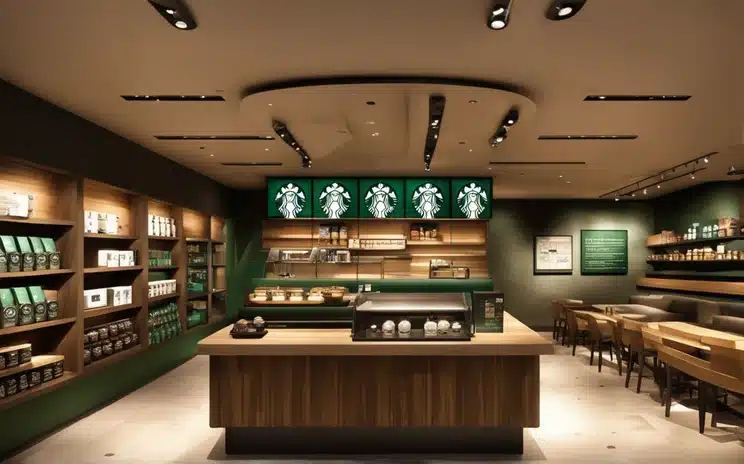
Hyper-Local Store Design
While following Starbucks brand guidelines, details like local artwork, regional materials and neighbourhood names on walls provide local flair. Special collection mugs showcase city landmarks. This customization makes stores feel unique.
Local Food/Drinks
Stores integrate local flavours in offerings like regional coffee beans, seasonal food items or beverages inspired by local tastes. For example, Mumbai stores offer Chai-spiced tea.
Music Curation
Baristas can curate in-store playlists around local music culture, like hip-hop in Atlanta or country in Nashville. Starbucks compiles local songs into playlists.
Community Partnerships
Stores partner with local non-profits for community service projects and fundraising drives. For instance, Austin stores work with Keep Austin Beautiful on neighbourhood cleanups.
Special Events
From art shows to open mics to partnering with local race events, stores integrate into local happenings. During holidays, Starbucks hosts family activities. These connections make stores gathering hubs.
This hyper-local immersion helps Starbucks blend organically into communities worldwide, becoming part of neighbourhoods.
Optimizing the Retail Experience
While known for cafes, Starbucks innovates across retail environments. Specialty concepts help reach diverse audiences:
Pickup Stores
Compact Starbucks Pickup locations focus exclusively on mobile order pickup and to-go service. Customers pre-order via the app and grab drinks without waiting in line. Over 2,500 exist in the U.S. alone.
Drive-Thru Stores
In suburban and rural markets, Starbucks Drive-Thru locations offer convenience and speed for commuters. They account for over 60% of U.S. store growth. Starbucks plans to have 9,000 North American drive-thrus by 2025.
Reserve® Roasteries
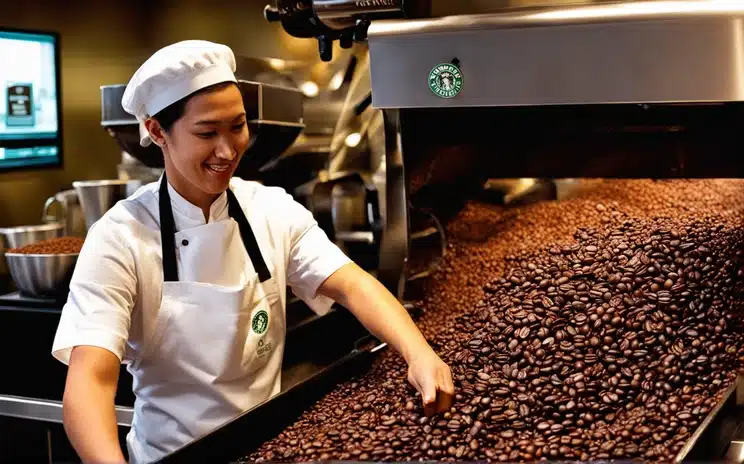
These stunning flagship locations in Seattle, New York, Tokyo and Milan double as coffee-tasting rooms and entertainment venues. On-site roasting demonstrations, experiential bars and premium Princi food make them creative lab destinations.
Airport Stores
With over 400 airport locations, Starbucks provides travellers with a familiar oasis. New enhancements like mobile ordering improve convenience during layovers.
Testing retail concepts tailored to neighbourhood needs and lifestyles keeps Starbucks accessible everywhere customers need their coffee fix.
Building Brand Relevance Through Partnerships
Aligning with like-minded brands on creative campaigns and in-store pilots generates buzz while positioning Starbucks as culturally plugged-in:
Spotify
Blending Spotify’s curated playlists into Starbucks drinks like the Cold Brew Vibes creates engaging crossover moments for youth culture. Over 177,000 Spotify users participated.
Chase Credit Cards
Giving Chase cardholders automatic Starbucks Rewards status and purchase points incentivizes choosing that card. It deepens collaboration between brands.
Lyft
Ridesharing and coffee go hand-in-hand. Giving drivers Starbucks Rewards for ride referrals and offering coffee giveaways on the Lyft app integrate both brands into daily routines.
Airbnb
Pop-up “Airbnb cafes” in select cities promoted nearby private Airbnb rentals and allowed booking via Starbucks iPads. The partnership united both lifestyle brands.
These co-branding campaigns generate positive press and social engagement while reinforcing Starbucks’ cultural relevance.
Analyzing the Starbucks Menu Strategy
Starbucks’ extensive menu evolves constantly to drive sales and attract new customers. Key menu strategies include:
Broad Variety
From traditional espresso beverages to Frappuccinos® to tea infusions, the wide range pleases diverse tastes under one roof. No competitor offers Starbucks a depth of options.
New Products
Starbucks continually rolls out beverages, snacks and accessories, testing consumer response. Successful launches like the Pumpkin Spice Latte or Cold Foam become permanent additions. This innovation keeps the menu fresh.
Regional Flavors
Limited-time beverages incorporate region-inspired ingredients to delight local markets. Examples include coconut milk in Thai drinks or ube flavouring in the Philippines. These specialties excite customers.
Health-Focused
Increasing wellness offerings like plant-based drinks, reduced sugar baked goods and high-protein boxes cater to health-conscious patrons. Even small enhancements like swapping milk for almond milk modernize the menu.
Lifestyle Bundling
Merchandise bundles pairing drinks with items like reusable tumblers, mugs or Spotify gift cards provide gifting occasions and cross-selling opportunities.
Premium Pricing
Starbucks prices most offerings 10-20% higher than competitors. Yet customers readily pay premium prices for the quality and experience. Surge pricing during peak times maximizes revenue.
Through constant innovation and locally tailored options, Starbucks sustains menu excitement globally.
Starbucks By the Numbers
- Over 87,000 possible drink combinations
- 1,100+ limited-time/regional drinks per year
- 300+ food items
- 25-35% of sales from seasonal/limited-run drinks
Optimizing the Starbucks Digital Experience
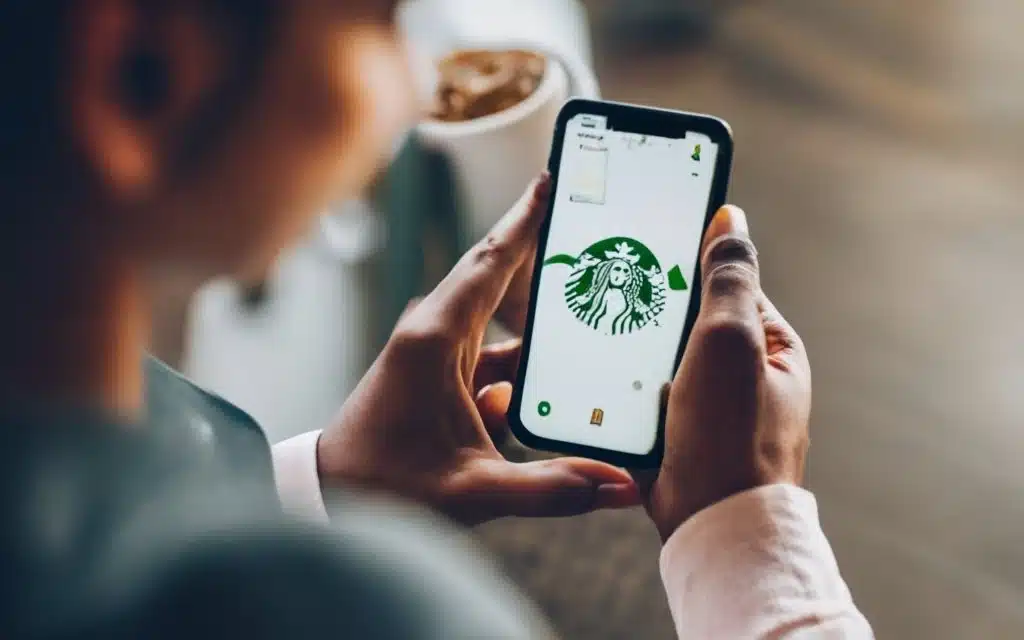
Mobile and digital initiatives help Starbucks build direct connections with customers:
Industry-Leading App
The Starbucks app provides an unmatched mobile experience, letting customers order ahead, collect rewards and pay contactless. Starbucks processed 25% of all U.S. restaurant mobile transactions in 2021.
Personalization
Customers can save favourite locations, customize orders and receive personalized offers through the app. Digital allows 1:1 relationships despite Starbucks’ size.
Rewards Integration
The app houses users’ Rewards program Dashboard. Customers can collect Stars and track benefits in one place. Gamification features like collecting badges keep engagement high.
Order Ahead Functionality
With pre-order pickup, locations have drinks ready right when customers walk in. For commuters, this eliminates waiting in line. Stores see increased visits and ticket sizes from pre-orders.
Seamless Payment
Customers load gift cards and payment methods into the app for tap-to-pay convenience. Starbucks recorded over 9 million mobile transactions per week in 2021. Frictionless payment improves customer lifetime value.
Accessibility
The app offers blind and deaf customers full digital access through voice control and ASL clips. Everyone can independently manage their account.
Digital convenience without dehumanizing service makes Starbucks a gold standard for mobile experience and loyalty.
Integrating Traditional Media
Although leaner than other QSR brands, Starbucks does advertise across media:
TV Commercials
Cinematic ads illustrate the Starbucks experience. Recent spots spotlight mobile ordering and seasonal beverages. TV builds broad awareness, especially for new menu launches.
Radio Spots
Regional radio ads drive trials of limited-time offerings and cold beverages in warm weather. Frequency can be customized locally.
Out-of-Home Billboard Ads

Billboards in major metro areas promote seasonal drinks and cold coffee in summer. As commuting returns, outdoor ads gain importance.
Direct Mail
Mailing free drink/food vouchers encourages customers to revisit stores and promotes signups. For loyalty members, birthday freebies and member-only coupons increase retention.
Email Marketing
Regular email campaigns highlight new products, local events or member-only perks. Timely, relevant offers keep Starbucks top of mind and drive repeat visits.
Social Media
Organic social content, influencer partnerships and paid social ads build hype for product launches and drive traffic to locations. User-generated content shows real customer moments.
As an established brand, Starbucks focuses media dollars on driving traffic and conversions rather than pure awareness. The combination of national scale and hyper-local personalization makes its advertising relevant.
Read More – Pepsi Marketing Strategy | Refreshing Success Story
Optimizing Social Media Presence
Despite its size, Starbucks maintains locally connected social media feeds:
Responsive Engagement
Comments receive prompt responses rather than being ignored. Customer issues get resolved via direct messaging. This fosters positive relationships.
User-Generated Content
User photos and stories showing local Starbucks traditions become featured social content. This highlights community connections.
Localized Content
Regional social channels celebrate local moments like city pride, sports team victories, or landmarks. Localized content fits with each area.
Contests and Polls
Photo contests, coffee preference polls and sweepstakes encourage social sharing, tagging and engagement. User-generated content expands reach.
FOMO Marketing
Limited-time drinks and menu items get introduced on social first to generate buzz. Tempting food and drink photos spark FOMO.
Crowdsourcing Ideas
Polls ask followers for new flavours and food suggestions. Customer ideas becoming reality, like Guava Black Tea Lemonade, get promoted.
Rather than overt sales pitches, Starbucks’s social channels aim for authentic local storytelling and engagement. This community building earns brand love, translating into visits.
Managing Global Consistency
While adapting locally, Starbucks ensures brand consistency everywhere:
Product Design
Clean, streamlined cups, mugs, bags, drinks packaging and merchandise, create instant recognition globally. Iconic green and white logo palettes unite locations.
In-Store Signage and Displays
Familiar menu board layouts, ordering flow and digital UI make purchasing seamless across regions. Signage utilizes consistent branding and photography.
Store Aesthetics
Despite unique decor touches, core store elements like materials, seating and lighting create a familiar ambience worldwide. You know you’re in a Starbucks immediately.
Training Consistency
Standardized training programs ensure baristas worldwide share expertise about coffee sourcing, drink preparation and service essentials. Customers expect this mastery.
Technology Systems
Mobile apps, point-of-sale systems and inventory management unify operations for smooth customer experiences globally. Shared infrastructure enables flexibility.
Maintaining brand familiarity attracts global travellers while allowing customization. This glocal strategy powers Starbucks’ worldwide expansion.

Evaluating the Starbucks Pricing Strategy
Starbucks optimizes pricing through data-driven strategies:
Price Elasticity Analysis
As a premium brand, Starbucks has relative flexibility in pricing. But teams still analyze elasticities, raising prices gradually to avoid volume decline. Premium charges expand as costs rise.
Competitive Benchmarking
While priced above competitors, Starbucks monitors pricing gaps to align with positioning. Cafe-only players get more premium freedom versus QSR chains.
Regional Pricing
Starbucks customizes pricing based on local income levels, competition and labour costs in each market. Low-income regions get discounted value offerings.
Customer Segment Pricing
Rewards members get discounted offers or member prices below general public pricing as an entitlement. Different tiers get tailored pricing incentives.
Time-Based Pricing
Happy hours with half-off discounts drive afternoon traffic when the volume is lower. Surge pricing applies during peak commute times based on demand algorithms.
Bundling Offers
Combining food, accessory and drink items into packages at an inclusive rate provides cost savings over individual purchases. Bundling encourages bigger average orders.
Customers readily accept Starbucks’ premium pricing because it signals the uplifting experience they came for. Value-driven tactics keep options accessible. This strategic balance maximizes profitability.
Building the Starbucks Employee Culture
Starbucks’ strong internal culture empowers passionate employees who deliver outstanding service:
Investing in Barista Training
Extensive training teaches baristas coffee expertise and real hospitality. Training is seen as an investment rather than a cost center. Knowledge programs enhance careers.
Providing Quality Benefits
Uncommon for food service, Starbucks offers benefits like healthcare, stock options, tuition coverage, paid time off, mental health support and rehabilitation assistance even for part-timers.
Fostering Diversity, Equity and Inclusion
From diverse hiring practices to accommodations for disabilities, Starbucks strives for equity and accessibility for all employees to feel welcome and supported.
Enabling Career Growth
About 80% of store managers started as baristas. Internal mobility is encouraged through management apprenticeships and tuition reimbursement for advancing skills.
Rewarding Performance
Bonus challenges reward baristas for success metrics like speed of service, waste reduction or customer connections. Peer recognition also cultivates teamwork.
This people-first foundation enables Starbucks to deliver on ambitious customer experience goals and growth. When employees feel invested, it drives business success.
Conclusion
Through integrated branding, customer experience, partnerships, menu innovation and localized marketing, Starbucks delivers consistent experiences that feel personal worldwide. They elevate coffee into an uplifting community ritual.

